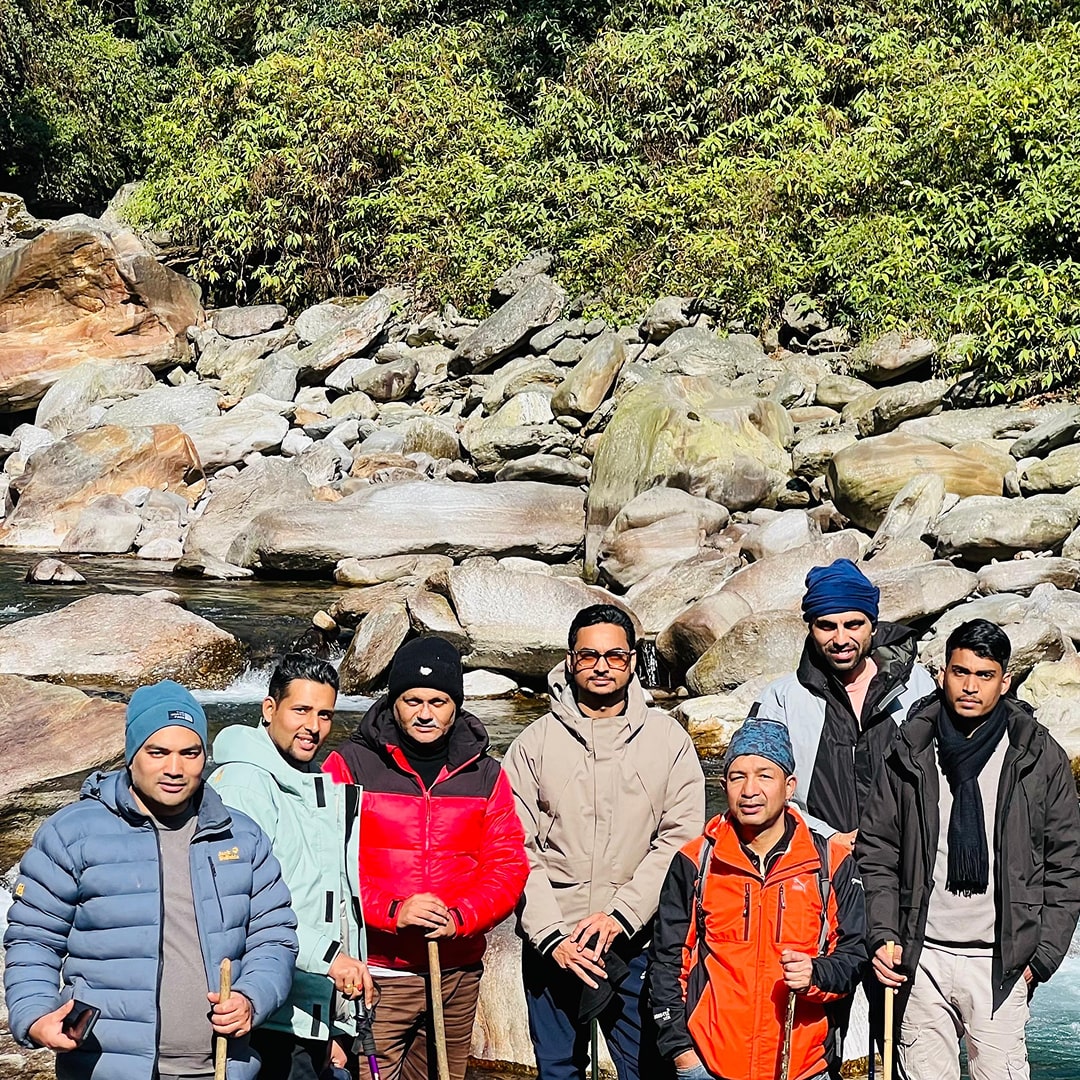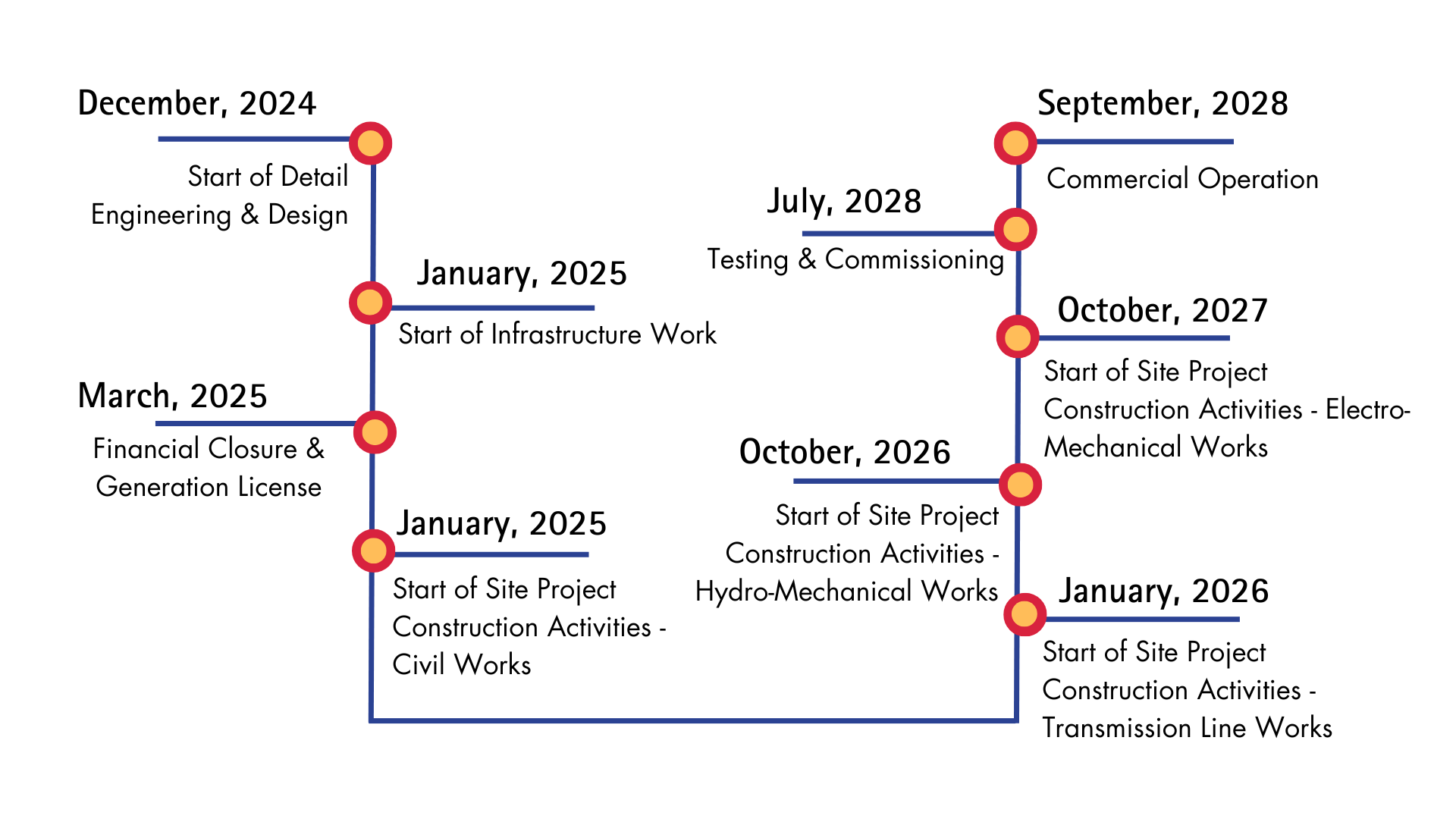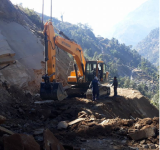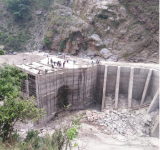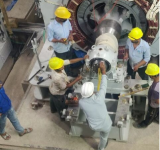
Ram Janaki Hydropower Pvt. Ltd.
Nepal, often referred to as the "water tower of South Asia," holds immense potential for hydropower generation, thanks to its abundant river systems and the Himalayan Mountain range. With an estimated hydropower potential exceeding 83,000 MW, the country possesses one of the world’s richest sources of clean energy. However, only a fraction of this vast resource has been harnessed so far. Despite challenges such as remote terrain, infrastructure limitations, and financial constraints, Nepal's hydropower sector is undergoing a transformative shift. With increasing domestic and international investments, the country is steadily progressing toward unlocking its full hydropower potential, paving the way for a sustainable energy future.
Ram Janaki Hydropower Pvt. Ltd. is spearheading the development of the Upper Apsuwa Khola Hydropower Project (35 MW) and Apsuwa Khola-1 Hydropower Project (23 MW)—both run-of-the-river hydroelectric projects utilizing the flow of the Apsuwa River. These projects are strategically located at the border of Silichong and Makalu Rural Municipalities in Sankhuwasabha District, Province 1, Nepal, and are accessible via Koshi Highway. The primary route includes the Khandbari – Num Road (37 km) and the Arun-3 Project’s access road to Kerabari along the right bank of the Apsuwa River. The total road distance from Kathmandu to the Upper Apsuwa powerhouse site is 593 km.
The feasibility studies for both projects have been completed, and the Environmental Impact Assessment (EIA) is currently underway. Additionally, Power Purchase Agreements (PPAs) have already been signed with the Nepal Electricity Authority (NEA).

